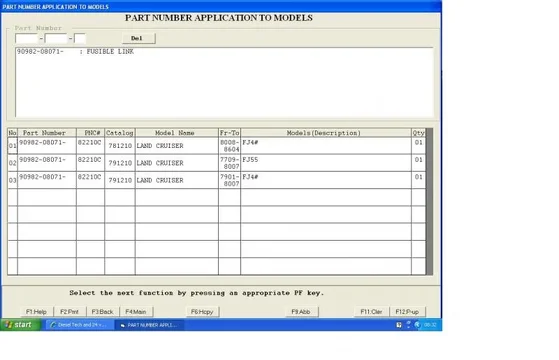Still makes not much sense to me. If that fusible link is indeed a "shunt" then if it blows it will send all the current through your gauge. Remember a shunt is in parallel not series.
Which is exactly why they put two 5 A fuses there Alex - One in each of the wires to my ammeter.





 )
) 



